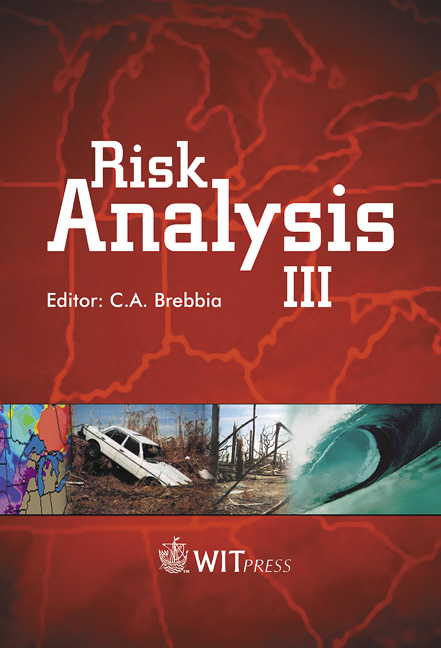Earthquake Damage And Pseudo-dynamic Test Of Reinforced Concrete Columns
Price
Free (open access)
Transaction
Volume
31
Pages
Published
2002
Size
1114 kb
Paper DOI
10.2495/RISK020621
Copyright
WIT Press
Author(s)
J. Ogawa
Abstract
Earthquake damage and pseudo-dynamic test of reinforced concrete columns J. Ogawa Department of Architecture and Environment System, Akita Prefectural University, Japan Abstract This report presents a series of damages produced in reinforced concrete columns occurred during recently past earthquakes in Japan and other countries. The causes of damages are discussed as well as the possible solutions to avoid future damages. On the other hand, an overview of the experimental research, developed in Japan, to investigate the behavior of these elements is presented. Special emphasis is devoted to the pseudo-dynamic test method as a suitable technique to simulate the inelastic seismic behavior of reinforced concrete columns when they are subjected to bi-directional input motion and simultaneous axial load. 1 Introduction The design philosophy for earthquake resistance usually requires that under minor to moderate earthquakes structures should resist the intensity of ground motions without structural damage, but with some nonstructural damage. Under severe earthquakes, some structural damage is accepted. However, collapse must be avoided. In the case of framed reinforced concrete structures, special care must be dispensed to the columns since they are the legs that support the structure. A column failure, specially those of the first floor, may have serious consequences and even may signify the collapse of the structure. For that reason, in assigning plastic hinges for collapse mechanism of multistory frames, the principle of strong column weak beam is often followed. However, the first story columns represent unavoidable localities, hence the columns are required to exhibit
Keywords





